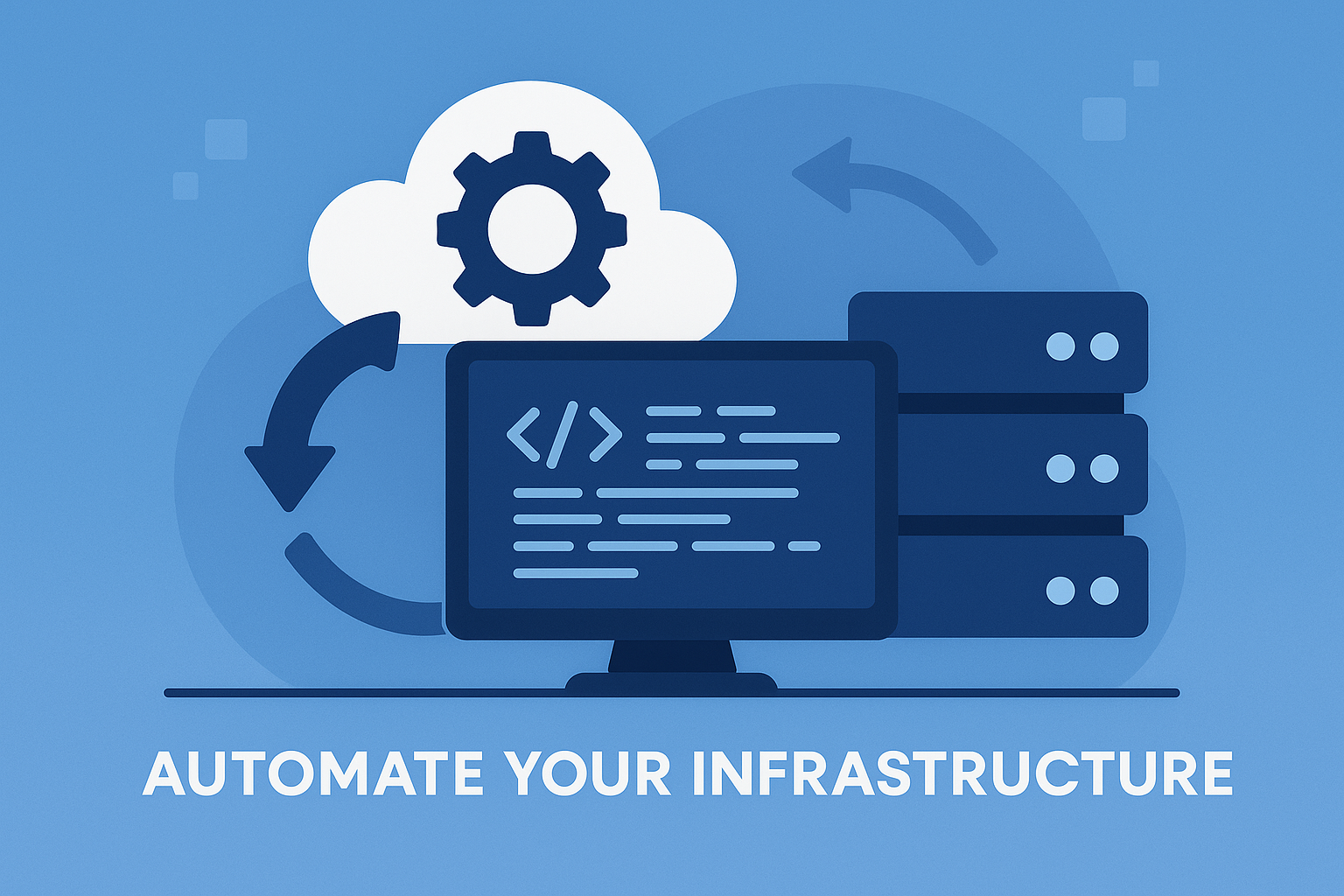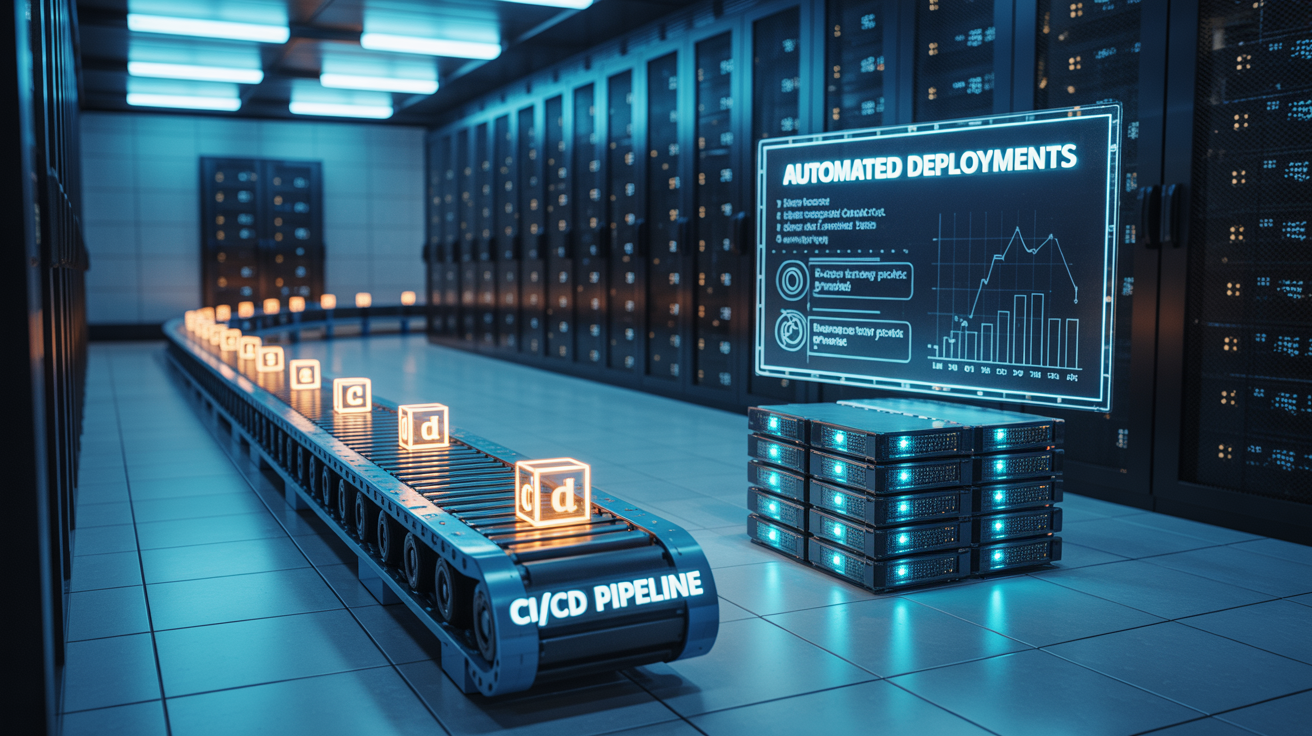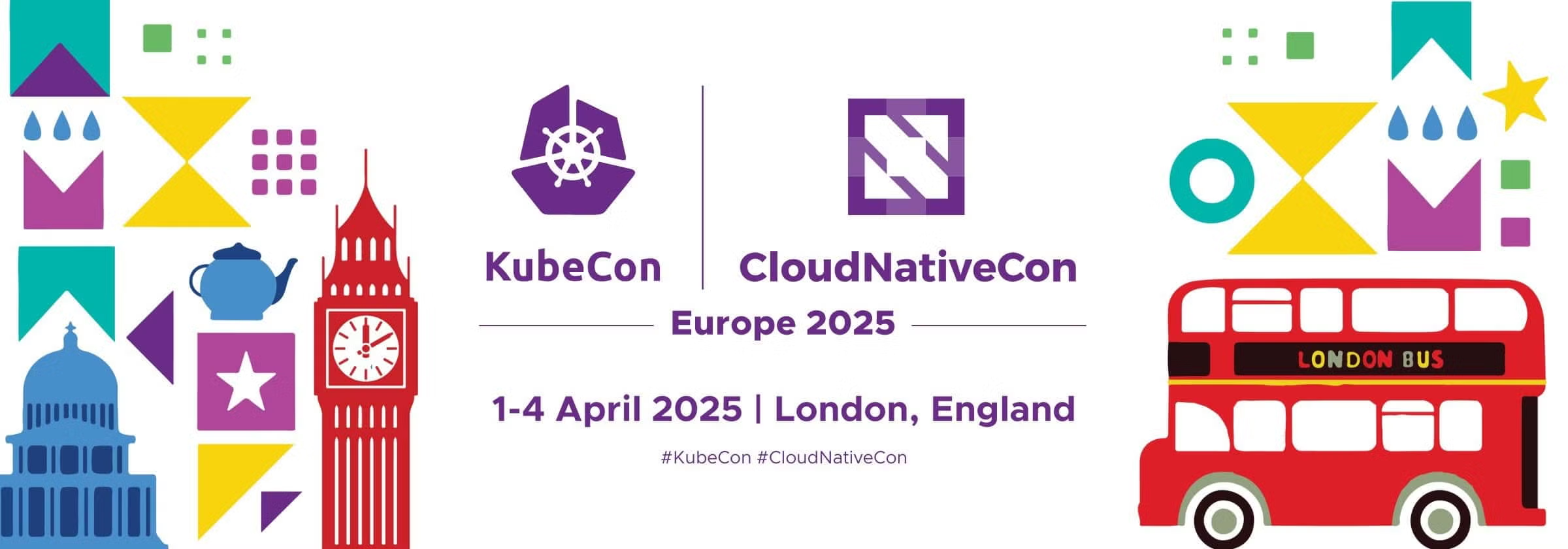In the ever-evolving world of software development, the need for efficient and streamlined processes has become paramount. Automating CI/CD with Terraform is a game-changing approach that empowers organizations to automate their software delivery pipelines and ensure rapid, reliable deployments. At SlickFinch, we have honed our expertise in this field, helping companies of all sizes embrace the power of CI/CD automation with Terraform. Whether you are looking to optimize your development workflow or seeking guidance on Terraform implementation, our team of experts is here to assist you every step of the way. Contact us today to unlock the full potential of CI/CD automation with Terraform.
Introduction
In today’s fast-paced and dynamic software development landscape, Continuous Integration and Continuous Deployment (CI/CD) have become essential practices for organizations looking to deliver high-quality software at a faster pace. CI/CD allows teams to automate the process of building, testing, and deploying software, reducing manual errors and enabling rapid and reliable releases. To achieve successful CI/CD automation, organizations often turn to powerful tools like Terraform. In this article, we will explore the concept of CI/CD and delve into how Terraform can be leveraged to automate the CI/CD process efficiently and effectively.

What is CI/CD?
Definition and Overview
CI/CD, an abbreviation for Continuous Integration and Continuous Deployment, refers to a set of practices and tools that enable seamless and automated software release cycles. Continuous Integration involves merging code changes from multiple developers into a shared repository on a regular basis. This process helps identify conflicts and integration issues early on, leading to faster and more efficient software development. On the other hand, Continuous Deployment automates the process of deploying code changes to the production environment. This ensures that every successful code change is automatically deployed, resulting in shorter release cycles and minimized downtime.
Benefits and Importance
CI/CD offers numerous benefits to organizations, including increased development speed, improved code quality, and enhanced collaboration among team members. By automating the build, testing, and deployment processes, developers can focus more on developing new features and fixing bugs, rather than spending time on manual and repetitive tasks. Continuous Integration catches integration issues early, allowing teams to address them promptly and avoid delays. Continuous Deployment ensures that the latest changes are quickly incorporated into the production environment, enabling organizations to deliver value to end-users faster. Overall, adopting CI/CD practices helps organizations stay competitive in today’s rapidly evolving software industry.
What is Terraform?
Definition and Overview
Terraform is an open-source Infrastructure as Code (IaC) tool developed by HashiCorp. It enables users to define and provision infrastructure resources using a declarative configuration syntax. With Terraform, infrastructure can be defined as code, allowing for consistent, version-controlled, and repeatable deployments across various environments. Terraform supports multiple cloud providers, including Amazon Web Services (AWS), Microsoft Azure, and Google Cloud Platform (GCP), enabling users to manage their infrastructure resources efficiently and effectively.
Key Features
Terraform offers a range of features that make it a powerful tool for automating infrastructure provisioning and management. One of its key features is the ability to define infrastructure as code, enabling teams to maintain their infrastructure configurations alongside their application code. Terraform also provides a consistent provisioning workflow, allowing for reproducible deployments across different environments. The tool has a vast ecosystem of providers and modules, making it highly versatile and adaptable to various infrastructure needs. Additionally, Terraform supports state management, which helps track and manage changes to infrastructure resources over time.
Automating CI/CD with Terraform
Integration of CI/CD with Terraform
By combining the capabilities of CI/CD with Terraform, organizations can achieve end-to-end automation of their software development and deployment processes. Terraform can be integrated with popular CI/CD tools like Jenkins, CircleCI, or GitLab to automate the provisioning of infrastructure resources required for the CI/CD pipelines. This integration allows for the dynamic creation and destruction of environments, ensuring that each CI/CD run starts with a clean and consistent infrastructure setup. Terraform’s declarative configuration syntax makes it easy to define and maintain the infrastructure resources needed for the CI/CD pipelines.
Advantages of Automating CI/CD with Terraform
Automating CI/CD with Terraform offers several advantages to organizations. First, it enables infrastructure as code, ensuring that infrastructure provisioning is version-controlled, repeatable, and consistent across different environments. This reduces the risk of configuration drift and promotes accurate and efficient deployments. Second, automating CI/CD with Terraform improves the speed and efficiency of the development and deployment processes. By automatically provisioning the required infrastructure resources, development teams can focus on writing code and delivering features, without worrying about infrastructure setup. Finally, Terraform’s ability to leverage multiple cloud providers allows organizations to adopt a multi-cloud strategy, enabling flexibility and resilience in their infrastructure deployments.
Setting Up CI/CD Infrastructure with Terraform
Infrastructure as Code (IaC) Approach
A crucial aspect of automating CI/CD with Terraform is adopting an Infrastructure as Code (IaC) approach. This approach involves defining infrastructure resources and their configurations using code, rather than manually provisioning them. With Terraform, infrastructure code is written in HashiCorp Configuration Language (HCL) or JSON, representing the desired state of the infrastructure. This code is then executed by Terraform, which dynamically provisions and manages the infrastructure resources based on the defined configuration. Adopting an IaC approach ensures that infrastructure provisioning is repeatable, version-controlled, and easily auditable.
Components of CI/CD Infrastructure
A CI/CD infrastructure typically consists of multiple components that work together to automate the software development and deployment processes. These components include version control systems (e.g., Git), build systems (e.g., Jenkins), testing frameworks (e.g., Selenium), artifact repositories (e.g., Nexus), and deployment tools (e.g., Ansible). Terraform can be used to provision and manage these components, ensuring consistent and reliable infrastructure setups for the CI/CD pipelines. Each component can be defined as a separate Terraform module, allowing for modular and reusable infrastructure configurations.
Terraform Modules for CI/CD
Terraform modules are reusable sets of Terraform configurations that can be used to provision and manage specific infrastructure resources. For CI/CD automation, various Terraform modules are available to provision components such as Jenkins servers, Git repositories, testing environments, and artifact repositories. These modules encapsulate best practices and provide a standardized approach to provisioning CI/CD infrastructure. By leveraging community-driven modules or creating custom modules, organizations can rapidly and efficiently set up their CI/CD infrastructure using Terraform.
Configuration and Deployment Steps
To set up infrastructure using CI/CD with Terraform, certain steps need to be followed. Firstly, the required infrastructure components, such as Jenkins servers, Git repositories, and artifact repositories, should be defined in Terraform configuration files, along with the necessary configurations. Next, Terraform commands, such as terraform init, terraform plan, and terraform apply, should be executed to initialize the Terraform environment, validate the configuration, and provision the infrastructure resources. Finally, CI/CD pipelines can be configured to incorporate the provisioned infrastructure, allowing for automated build, test, and deployment processes.
Implementing CI/CD Pipelines with Terraform
Designing CI/CD Pipeline Architecture
Designing an effective CI/CD pipeline architecture is crucial for successful CI/CD automation. The pipeline architecture should consider factors such as scalability, resilience, and performance. Terraform can be used to define and provision the necessary infrastructure resources, such as build servers, testing environments, and deployment targets, to support the CI/CD pipelines. By leveraging Terraform’s flexible and robust infrastructure provisioning capabilities, organizations can create scalable and resilient CI/CD pipeline architectures that meet their specific needs.
Defining CI/CD Stages and Triggers
In a CI/CD pipeline, stages represent the various steps that code changes go through before being deployed to the production environment. These stages typically include building, testing, static code analysis, integration testing, and deployment. With Terraform, the infrastructure resources required for each stage can be defined and provisioned as separate components. Triggers, such as code commits or pull requests, can then initiate the execution of the CI/CD pipeline stages. Terraform allows for the dynamic creation and destruction of the infrastructure required for each stage, ensuring that resources are efficiently utilized and costs are minimized.
Deploying and Testing Applications
Once the CI/CD pipeline stages are defined and the infrastructure is provisioned, applications can be deployed and tested automatically. Terraform can be used to deploy the built application artifacts to the target environments, ensuring consistent and reliable deployments. Moreover, automated testing frameworks, such as Selenium or JUnit, can be integrated into the CI/CD pipeline using Terraform. By defining the necessary testing resources and configurations in Terraform, organizations can ensure that every code change is rigorously tested before being deployed to the production environment.
Integrating Automated Testing
Automated testing is a critical aspect of any CI/CD pipeline. By integrating automated testing frameworks into the pipeline, organizations can significantly improve software quality and reduce the risk of bugs reaching production. Terraform can facilitate the provisioning and configuration of necessary resources for automated testing. For example, Terraform can provision virtual machines or containers for running integration tests, or set up test databases for conducting performance tests. By defining these testing resources in Terraform, organizations can ensure consistent and reproducible testing environments as part of their CI/CD automation.
Managing Environments using CI/CD with Terraform
Managing Multiple Environments
When implementing CI/CD pipelines, organizations typically require multiple environments to support various stages of the software development lifecycle, such as development, testing, staging, and production. Terraform can be used to provision and manage these environments as separate infrastructure stacks. Each environment can be defined using Terraform modules, allowing for consistent and reproducible setups. By adopting this approach, organizations can easily create and manage multiple environments while ensuring that each environment is properly configured and isolated.
Provisioning and Updating Environments
Provisioning and updating environments in a CI/CD setup can be challenging and time-consuming without automation. Terraform simplifies this process by allowing infrastructure configurations to be defined and version-controlled. By using CI/CD with Terraform, environments can be provisioned with a single command, ensuring consistent and reproducible setups. When updates or changes need to be made to an environment, Terraform can apply those changes incrementally, minimizing the risk of errors or downtime. Terraform’s state management capabilities also enable seamless tracking and management of changes to environments over time.
Versioning and Rollbacks
One of the significant advantages of using Terraform for managing CI/CD environments is the ability to leverage version control. With version control systems like Git, organizations can track changes to the infrastructure code and maintain a history of infrastructure configurations. This allows for easy rollbacks to previous versions of an environment in case of issues or regressions. Leveraging Terraform’s state management and version control capabilities ensures that organizations have full visibility and control over their CI/CD environment configurations, enabling efficient troubleshooting and risk management.
Monitoring and Logging in CI/CD with Terraform
Importance of Monitoring and Logging
Monitoring and logging are critical components of any CI/CD pipeline. They provide valuable insights into infrastructure and application performance, enabling organizations to detect and address issues promptly. With Terraform, monitoring and logging can be seamlessly integrated into the CI/CD pipeline by provisioning the required resources. Terraform can define and configure monitoring services, such as Prometheus or AWS CloudWatch, and set up centralized log management solutions, such as ELK Stack or Splunk, to ensure comprehensive monitoring and logging capabilities.
Implementing Monitoring and Alerting
Terraform can be used to provision and configure monitoring tools and services that enable real-time monitoring of infrastructure and application health. By defining monitoring resources and configurations in Terraform, organizations can ensure that monitoring is consistently applied across different environments. Additionally, alerting mechanisms can be set up through Terraform, enabling proactive notifications when predefined thresholds or conditions are met. This ensures that potential issues or performance bottlenecks are promptly identified and addressed, minimizing downtime and ensuring optimal software quality.
Configuring Centralized Logging
Centralized logging is essential for aggregating and analyzing logs generated by the CI/CD environment and application components. Terraform can be leveraged to provision and configure centralized logging solutions, such as Elasticsearch, Logstash, and Kibana (ELK Stack), or cloud-native logging services like AWS CloudWatch Logs or Google Cloud Logging. By defining the necessary logging resources and configurations in Terraform, organizations can ensure that logs from various sources are efficiently collected, indexed, and analyzed. This enables effective troubleshooting, performance optimization, and compliance monitoring within the CI/CD environment.
Security Considerations in CI/CD Automation with Terraform
Securing CI/CD Pipelines
Security is a paramount concern in CI/CD automation. Terraform provides several features and best practices that help organizations secure their CI/CD pipelines. For example, secure access controls can be implemented using Terraform to ensure that only authorized users or services can modify the infrastructure code or trigger deployments. Additionally, Terraform supports the integration of secrets management tools, such as HashiCorp Vault or AWS Secrets Manager, facilitating secure storage and retrieval of sensitive information, such as API keys or database credentials. By incorporating these security measures, organizations can minimize the risk of unauthorized access and data breaches in their CI/CD pipelines.
Implementing Access Controls
Terraform allows organizations to define and enforce access controls to protect their CI/CD infrastructure resources. Access control mechanisms, such as role-based access control (RBAC) or fine-grained permission policies, can be implemented using Terraform providers and modules. By restricting access to critical infrastructure components, organizations can minimize the risk of unauthorized modifications or disruptions to the CI/CD pipeline. Terraform’s support for multiple cloud providers also enables organizations to leverage cloud-native IAM (Identity and Access Management) features for securing their CI/CD environments.
Managing Secrets and Credentials
Managing secrets and credentials is a crucial aspect of securing CI/CD pipelines. Terraform provides integrations with secrets management tools, enabling organizations to securely store and retrieve sensitive information. Secrets and credentials can be defined as Terraform variables or stored in external secrets management systems, and reference them in the infrastructure code. This ensures that sensitive information is not exposed in plain text, reducing the risk of unauthorized access or data leaks. By leveraging Terraform’s secret management capabilities, organizations can enhance the security posture of their CI/CD pipelines.
Contact SlickFinch for Expert CI/CD Automation with Terraform
Implementing and optimizing CI/CD automation with Terraform requires expertise and a deep understanding of both CI/CD practices and Terraform’s capabilities. SlickFinch is a leading provider of CI/CD automation services, specializing in leveraging Terraform to streamline and enhance software development pipelines. With a team of highly skilled professionals, SlickFinch can assist organizations in designing and implementing robust CI/CD architectures, provisioning scalable and secure infrastructure, and integrating monitoring, logging, and security solutions. Contact SlickFinch today to leverage their expertise in CI/CD automation with Terraform and unlock the full potential of your software development process.




